Description
5th Bombardment Wing Pre-1969 Patch
Pilots and Crew! Fly again with the 5th Bombardment Wing with the beautifully embroidered patch. You’ll be able to wear this patch proudly. Perfect for a flight jacket!
- 5.5 inch
- Embroidered
- US Veteran-Owned Business
- Reproduction
The 5th Bomb Wing (5 BW) is a United States Air Force unit assigned to Air Force Global Strike Command’s Eighth Air Force. It is stationed at Minot Air Force Base, North Dakota. The wing is also the host unit at Minot. The 5 BW is one of only two active duty Boeing B-52H Stratofortress wings in the United States Air Force, the other being the 2d Bomb Wing at Barksdale Air Force Base, Louisiana. Also, stationed at Barksdale Air Force Base, and operating the B-52H is a third unit, the 307th Bomb Wing, which is part of the Air Force Reserve Command.[2][3]
Its 5th Operations Group is a successor organization of the 5th Group (Composite), one of the 15 original combat air groups formed by the Army before World War II.
On 7 December 1941, the 5th Bombardment Group suffered the loss of B-17 Flying Fortress and B-18 Bolo bombers when the Japanese attacked Pearl Harbor, but it sent two B-17s to search vainly for the Japanese task force. After the attack, the group patrolled the waters off the Hawaiian Islands until November 1942, taking part in the Battle of Midway (3–6 June 1942). Active for over 60 years, the 5 BW was a component wing of Strategic Air Command’s heavy bomber deterrent force throughout the Cold War.
In June 1951, the wing began converting to the Convair RB-36D Peacemaker. Later, B-36J models were assigned to the wing and it began maintaining proficiency in strategic bombardment in July 1953 but the 5th was not redesignated as the 5th Bombardment Wing until October 1955.
While stationed at Travis Air Force Base, the wing entered the jet age in on 13 February 1959 when Strategic Air Command (SAC) assigned the wing SAC’s first Boeing B-52G Stratofortresses.[11] The 72d Squadron had departed for Mather Air Force Base, California the previous July, where it formed the nucleus of the 4134th Strategic Wing in a SAC program to disperse its Boeing B-52 Stratofortress bombers over a larger number of bases, thus making it more difficult for the Soviet Union to knock out the entire fleet with a surprise first strike.[12] The 23d and 31st Squadrons began to convert to B-52s at Travis.[7][8] With the conversion to B-52s, the wing gained the 916th Air Refueling Squadron and its KC-135A air refueling aircraft.[6] However, as SAC continued to disperse its B-52 force, the 31st Squadron moved to Beale Air Force Base and was assigned to the 4126th Strategic Wing.[8]
On 14 December 1960, a wing B-52G set a record breaking flight of 10,078.84 miles without refueling. The flight lasted 19 hours and 44 minutes.[13] Starting in 1960, one third of the wing’s aircraft were maintained on fifteen-minute alert, fully fueled and ready for combat to reduce vulnerability to a Soviet missile strike. This was increased to half the squadron’s aircraft in 1962.[14] The wing’s 23d Bombardment Squadron and its people also saw combat over Southeast Asia during the Vietnam War. Its crews attacked targets in the region while supporting American and allied ground forces during Operation Arc Light between 1965 and 1968.
In December 1965, Secretary of Defense Robert S. McNamara directed a phaseout of a portion of SAC’s B-52 force.[15] As a result, SAC terminated its wing at Travis in the summer of 1968. In order to preserve the heritage of one of the oldest units in the air force, the wing moved on paper to Minot Air Force Base, North Dakota on 25 July 1968 and absorbed the resources of the 450th Bombardment Wing, which was inactivated.[6][16] The 450th Wing’s 906th Air Refueling Squadron was reassigned to the 5th Wing,[6][16] while the 23d Bombardment Squadron replaced the 450th’s 720th Bombardment Squadron.[7][17] This move ended the wing’s Southeast Asia deployments. At Minot, the wing flew the B-52H, which brought added vigor to its strategic deterrence mission. It also supported the post-attack command and control system (PACCS), July 1968 – December 1969.
In the summer of 1975, the wing gained the Boeing AGM-69A short range attack missile (SRAM), which enhanced the ability of the B-52H to penetrate and survive in this hostile environment. Armed with a nuclear warhead and equipped with a simple inertial guidance system, the AGM-69A was propelled to its range of 20 to 50 nautical miles (93 km) by a solid-propellant rocket motor. Each B-52 could carry up to 20 SRAMs, six on each of two wing pylons and eight on a rotary launcher located in the bomb bay.
Entering the 1990s, the 5th BW continued to set the standard as it deployed troops to the Persian Gulf as part of Operation Desert Shield. During the war’s air campaign, the wing joined U.S. and coalition bombers and fighters to defeat Iraq’s air and ground forces.
In September 1991, the wing marked a historic moment in the final days of the Cold War when it pulled its aircraft from continuous alert status – a job it performed for 35 years. The wing was relieved of its air refueling mission in June 1992 On 1 June 1992, the 5th Wing became the 5th Bomb Wing following the activation of Air Combat Command.

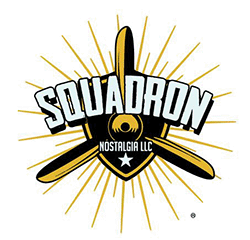

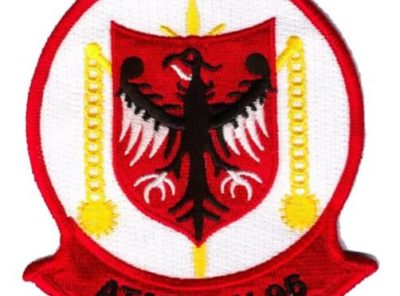
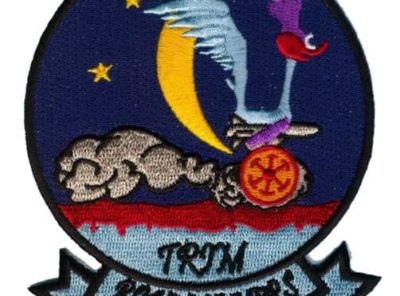
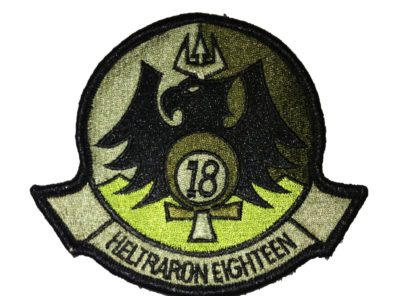
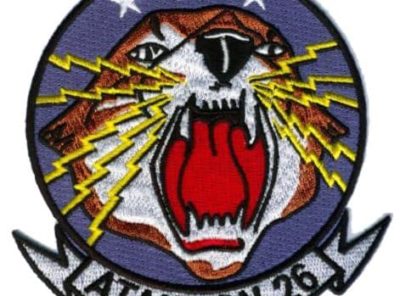
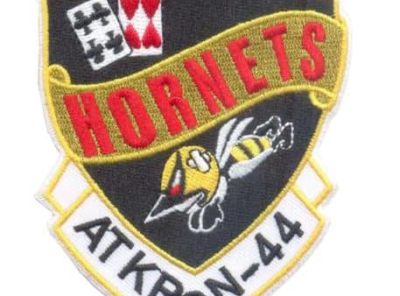
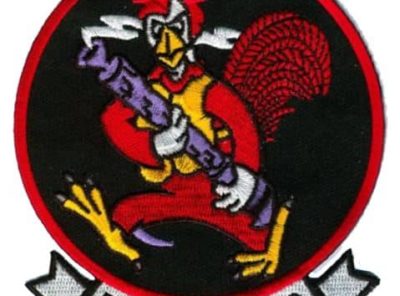
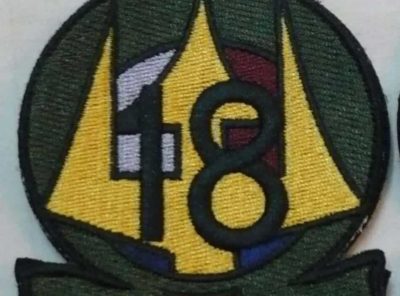

Reviews
There are no reviews yet.